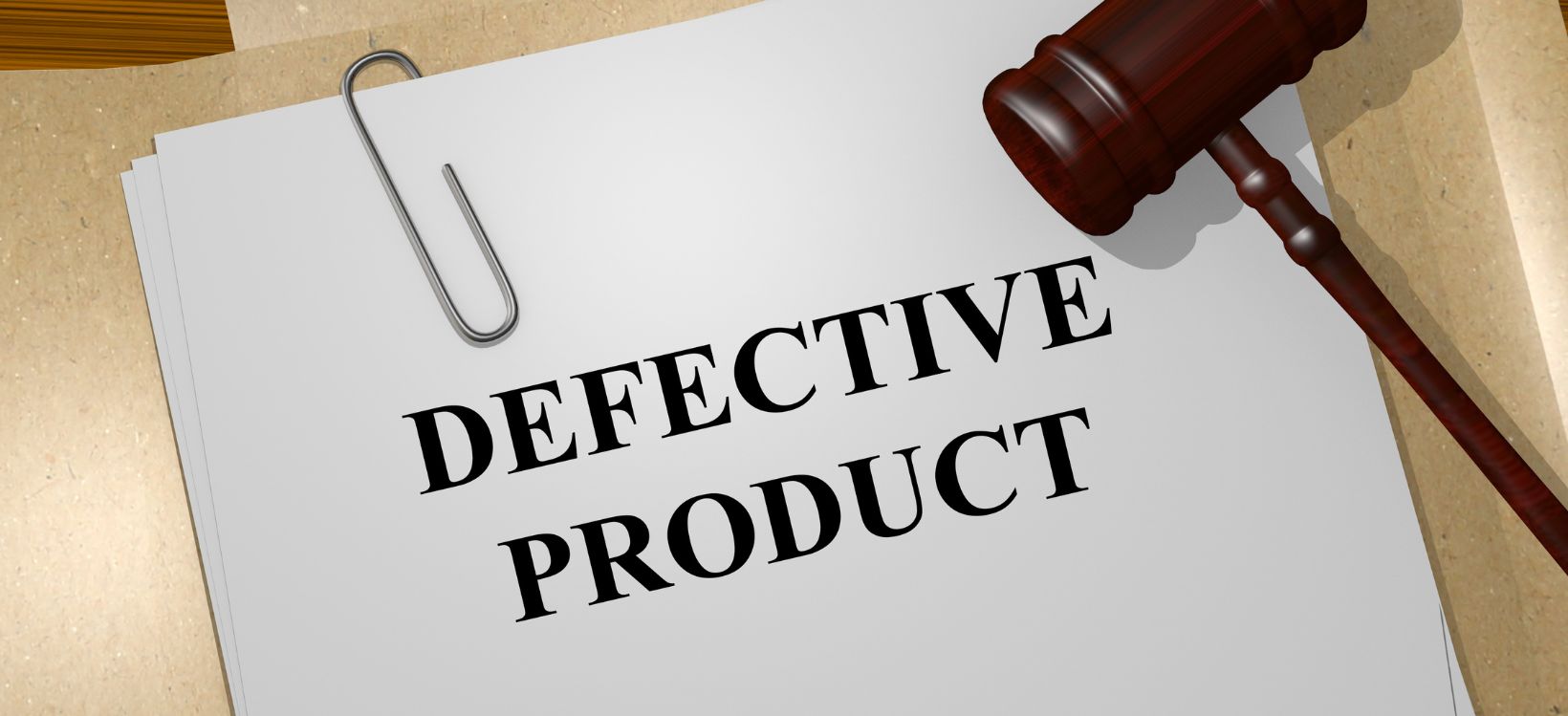How Defective Household Products Cause Injuries
Breit Biniazan—August 10, 2022

Each year, millions of Americans are injured or killed by defective consumer products. From toasters and hair dryers that spontaneously catch fire to furniture that tips over and crushes a child, dangerously defective products can be found all around us.
If you or a loved one finds yourself on the unlucky end of a defective product, what legal recourse do you have?
Below we discuss the different types of product liability claims and a few steps you can take if you’ve been injured by a defective household product.
Contents
- Types of Product Liability Claims
- Defective Outdoor Products in the Home
- Defective Indoor Products in the Home
- What to Do if You’ve Been Injured by a Defective Product
Types of Product Liability Claims
There are several potential theories of liability in product liability claims—these theories outline what you’ll need to prove to recover damages from the manufacturer or seller.
Some cases may involve more than one type of liability. For example, a claim may allege both defective product design and failure to warn, or defective design and defective manufacturing.
Your attorney can assess the theories of liability available in your case and help you decide which makes the most sense to pursue.
Defective Design Claims
Defective design claims allege that the product is designed in a dangerous or defective manner.
That is, even if the product is flawlessly manufactured and used exactly according to directions, it can still risk injuring its users.
Defective design claims can include:
- Missing safeguards (like blade guards, child-proof lids, or automatic shut-offs)
- Poor wiring design that creates a fire or electrocution risk
- Toxic or carcinogenic ingredients that increase the risk of cancer
Marketing Defect and Failure to Warn Claims
Some products have inherent dangers—and warning labels to match. But if a product is made more dangerous because it doesn’t appropriately warn its users of the risk of harm, its manufacturer may be liable.
Other marketing defects can also fall under this category, including false claims, advertisements that encourage improper product use, and incorrect instructions.
Manufacturing Defect Claims
These defects occur during the manufacturing process. Even if the product is correctly and safely designed, a manufacturing error may make it unexpectedly dangerous.
Some examples include:
- Packaged food that is contaminated with bacteria while on the assembly line
- Improperly installed electrical circuits that create a fire risk
- Incorrectly attached parts that risk breaking or coming loose
- Over-the-counter medication that contains an incorrect dosage
Defective Outdoor Products in the Home
Many of the household products that are most likely to cause physical harm are those that are often used in an outdoor setting—small engines, power tools, ladders and scaffolding, and caustic chemicals.
Some examples include:
- Power tools
- Air compressors
- Lawn mowers
- Batteries
- Trimmers and edgers
- Ladders
- Scaffolding
- Shop Equipment
- Solvents
- Gas powered tools
- Chainsaws
- Auto repair tools
- Hoists
Each of these products has the potential to cause serious, potentially life-altering damage to the eyes, face, and other parts of the body.
If you’re injured while using a product like this, it can be tempting to blame yourself. But remember, products should be designed in such a way that they can be safely used by the average person.
Once you pursue a personal injury lawsuit, you may find that others have been injured in the same way by the same product, especially if you’re alleging failure to warn or a design defect.
Defective Indoor Products in the Home
Not all dangerous products in the home are used outdoors. From kitchen appliances to hair dryers, some common indoor products that risk causing injury include:
Common indoor products that cause injury:
- Cleaning fluids
- Heaters and fans
- Garage door springs
- Haircare products like curling irons, hair dryers, and hair straighteners
- Furniture, rugs, and other home goods
- Baby products
- Kitchen Appliances
- Over-the-counter drugs
- Washers and dryers
- Exercise equipment
- Water heaters
- Skincare products
If any of these products are defectively designed, manufactured, or marketed, they can pose a risk of injury to their users.
What to Do if You’ve Been Injured By a Defective Product
Seek medical attention
The first and most important thing to do if you or a loved one has been injured by a product is to seek medical attention as soon as you can.
According to the Consumer Product Safety Commission (CPSC), in 2021, defective or dangerous household products sent nearly 12 million people to the ER. Failing to seek medical care can make your injuries worse and make it harder to prove damages if you do end up pursuing a personal injury lawsuit.
Do not throw away the defective product
Next, secure the defective product in a safe place. While it can be tempting to throw away something that caused you harm, the product itself can be your most valuable evidence. If you have any product packaging, user manuals, or instructions, set these aside as well.
Talk to a personal injury lawyer
Finally, contact a product liability attorney to discuss your legal options. You have a limited amount of time to pursue a lawsuit, and it takes time to build a case. The earlier you talk to an attorney, the earlier you can begin gathering evidence, documenting your claim, and taking the other steps you’ll need to recover damages for your injuries.
At Breit Biniazan, our experienced personal injury attorneys have handled a broad range of product liability claims, recovering more than $1 billion for our clients. If you’d like to discuss your legal options with a member of our team, simply schedule a free evaluation at (855) 212-8200 or fill out the brief contact form on our website.

By Courtney Sweasy
Marketing Director

Categories:
Office Locations
Related Posts
Categories
We are personal injury attorneys
Fill out our contact form to speak to our experienced Virginia trial attorneys. Breit Biniazan has helped recover millions of dollars in cases. Learn how we can help you today.